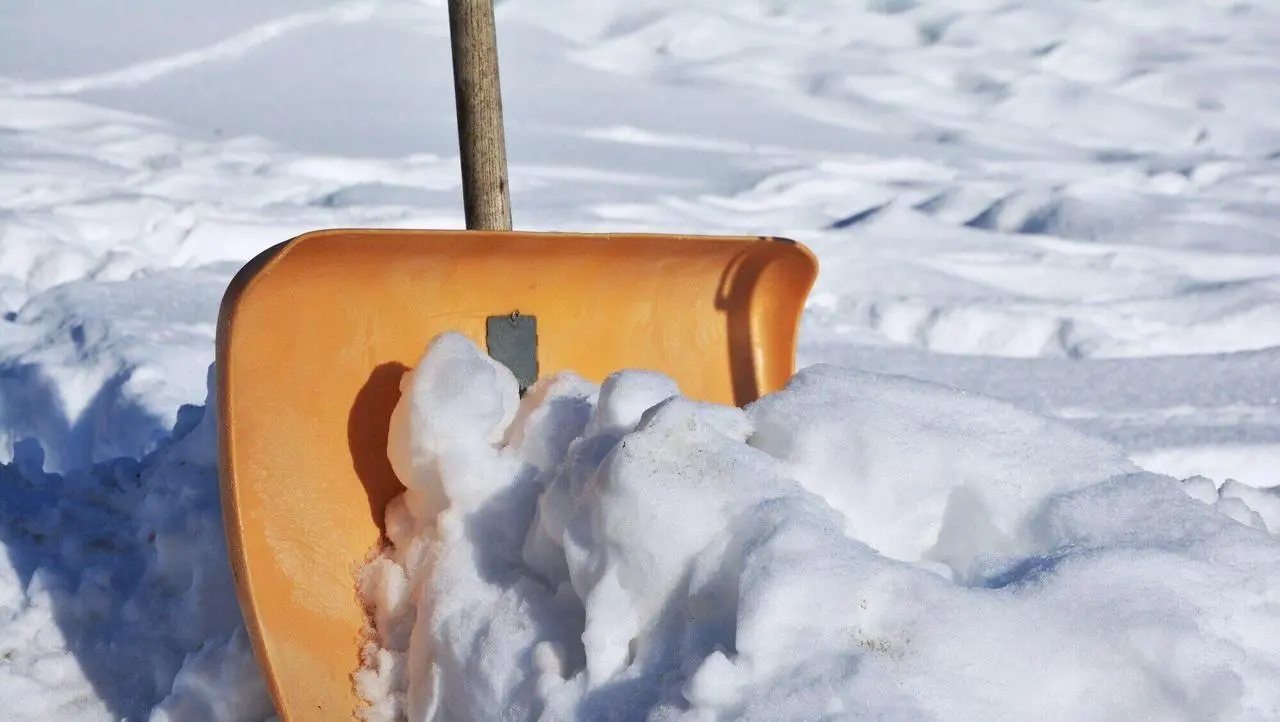Explore how liquid brine supports healthier urban landscapes in winter with better ice prevention, less salt waste, and improved environmental safety.
Winter can be a magical time, but it also brings challenges, especially when it comes to keeping our cities safe and beautiful. Roads, sidewalks, and parks can quickly become icy and dangerous, leading to accidents and damage to the surroundings.
One innovative solution that municipalities and landscapers are weaving into their winter safety strategies is liquid brine. This salt solution is not only effective in preventing ice formation but also supports healthier urban landscapes.
What is Liquid Brine?
Liquid brine is a solution made mostly of salt mixed with water. It is often combined with other materials like calcium to make it work even better during freezing temperatures.
When applied before or during winter storms, liquid brine prevents ice from forming on surfaces. This proactive approach saves lives, cuts down on slippery sidewalks, and makes our urban landscapes much more enjoyable.
Why Use Liquid Brine?
Using liquid brine is gaining popularity among city planners and landscapers for a number of reasons:
Better Ice Prevention
Since liquid brine sticks to surfaces better than traditional salt, it provides a protective layer before storms hit. This means less ice forms, leading to safer walking and driving conditions.
Environmental Safety
Unlike rock salt, which can harm plants and wildlife, liquid brine is less damaging to the surrounding environment. It minimizes the amount of pollution that can seep into soil and water, supporting healthier urban ecosystems.
Cost-Effectiveness
Liquid brine requires less material than traditional salt because of its effectiveness. Cities save money and keep streets safe. This helps with budgeting for other community projects.
Reducing Salt Waste in Urban Landscapes
One significant advantage of using liquid brine is its ability to reduce salt waste. Traditional rock salt often ends up in the gutters or in surrounding vegetation, where it can do harm.
Liquid brine minimizes this waste by better adhering to surfaces. When less salt is wasted, it means more effective ice melting and less environmental impact.
Impact on Plants and Wildlife
Excessive use of rock salt can lead to soil degradation and harm plants. It can even create “salt burn” on nearby trees and shrubs, which can slow their growth or kill them.
Since liquid brine is less harsh, it helps to preserve the green spaces that city dwellers love. Healthier plants contribute to a better atmosphere, clean air, and increased beauty in urban landscapes.
How Liquid Brine Improves Urban Safety
By applying liquid brine properly, communities can make winter safety a priority. Fewer accidents happen when ice is controlled effectively. This creates a welcoming environment for everyone who uses the urban landscapes.
Community Awareness and Education
Teaching residents about the benefits of liquid brine is important for its successful use. For example, sharing how it works and why it is preferred over traditional rock salt strengthens community relationships. Local governments can hold workshops or distribute information flyers to discuss this effective method of ice management.
Stay aware and appreciate the efforts being made to keep you safe. You might even be inspired to learn more about the best practices for winter safety, including the use of Sidewalk Salt for your own property.
Embracing Change for a Safer Future
Liquid brine is changing the winter game for cities everywhere. With its ability to keep roads safe while protecting the environment, it’s a win-win solution for both residents and nature.
By reducing reliance on harmful substances like rock salt, cities can promote healthier urban landscapes. It is essential for communities to adopt effective management strategies that prioritize safety and sustainability.
For more helpful tips, check out the rest of our site today.
Also Read-The Right Home Starts with Your Lifestyle Needs










